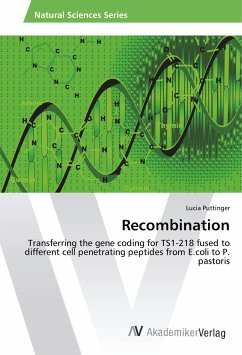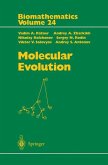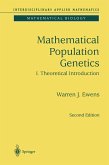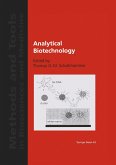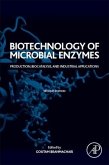A must have for all biotechnology students and technicians; it walks readers through the minefield of laboratory calculations, helping to prevent the types of errors that could mean the loss of weeks of work. This successful book is now available in a new edition, with new practice exercises at the end of every chapter and updated coverage of the mathematics needed in today's biotechnology laboratories, including a new separate chapter on real-time PCR.
Calculations for Molecular Biology and Biotechnology: A Guide to Mathematics in the Laboratory, Second Edition, provides an introduction to the myriad of laboratory calculations used in molecular biology and biotechnology. The book begins by discussing the use of scientific notation and metric prefixes, which require the use of exponents and an understanding of significant digits. It explains the mathematics involved in making solutions; the characteristics of cell growth; the multiplicity of infection; and the quantification of nucleic acids. It includes chapters that deal with the mathematics involved in the use of radioisotopes in nucleic acid research; the synthesis of oligonucleotides; the polymerase chain reaction (PCR) method; and the development of recombinant DNA technology. Protein quantification and the assessment of protein activity are also discussed, along with the centrifugation method and applications of PCR in forensics and paternity testing.
Calculations for Molecular Biology and Biotechnology: A Guide to Mathematics in the Laboratory, Second Edition, provides an introduction to the myriad of laboratory calculations used in molecular biology and biotechnology. The book begins by discussing the use of scientific notation and metric prefixes, which require the use of exponents and an understanding of significant digits. It explains the mathematics involved in making solutions; the characteristics of cell growth; the multiplicity of infection; and the quantification of nucleic acids. It includes chapters that deal with the mathematics involved in the use of radioisotopes in nucleic acid research; the synthesis of oligonucleotides; the polymerase chain reaction (PCR) method; and the development of recombinant DNA technology. Protein quantification and the assessment of protein activity are also discussed, along with the centrifugation method and applications of PCR in forensics and paternity testing.


